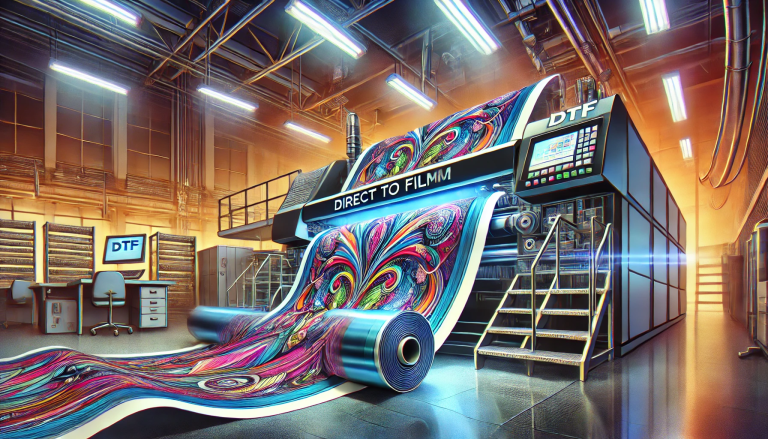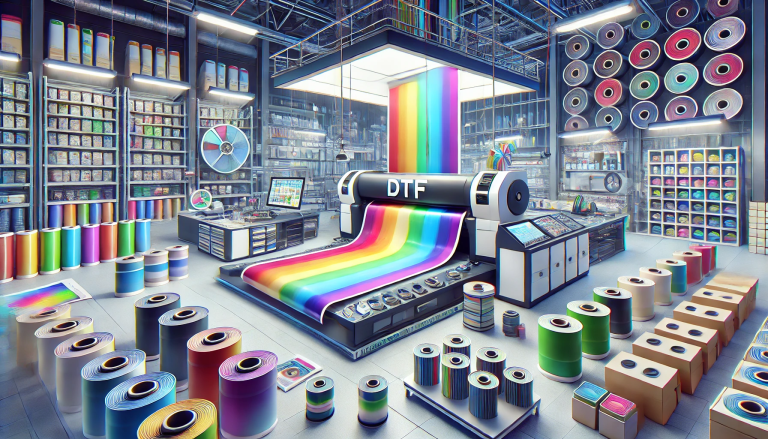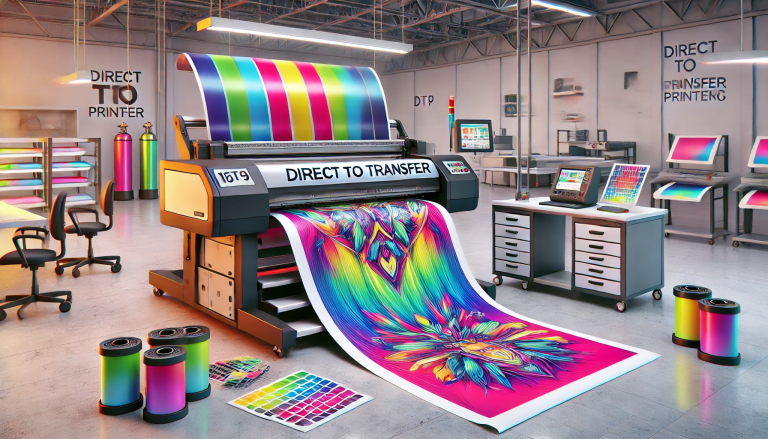“Exploring the Art and Science of Direct-to-Film Printing” -MAXDTF- Direct Transfer UV DTF Paper Wholesale, Direct Transfer UV DTF Paper Manufacturer, Made in China
In the age of digital photography and advanced printing techniques, it’s easy to forget the origins of photography and the intricate processes that have shaped its evolution. One such process that has retained its allure and importance is direct-to-film printing. Often associated with classic filmmaking and artistic experimentation, this technique plays a pivotal role in capturing images directly onto film, offering a unique blend of nostalgia and creativity.
The Essence of Direct-to-Film Printing:
Direct-to-film printing, also known as contact printing, is a photographic method that involves exposing light-sensitive photographic film directly to a light source, typically through a negative. Unlike modern digital printing methods, which rely on digital files and printers, direct-to-film printing takes us back to the fundamentals of photography. It’s a technique that bridges the gap between the analog and digital worlds, emphasizing the importance of light, chemistry, and creativity.
The Process Unveiled:
- Negative Preparation: To begin the process, a high-quality photographic negative is required. This negative is a reversed representation of the image, with areas that are meant to appear dark being clear and transparent, and areas meant to appear light being opaque.
- Contact Printing Frame: The negative is carefully placed in direct contact with the light-sensitive film. Both the negative and the film are held in position using a contact printing frame. This frame ensures that the two materials are perfectly aligned and remain in close contact throughout the exposure process.
- Exposure: The contact printing frame is then exposed to a controlled light source, often a light table or an enlarger. The light passes through the clear areas of the negative, exposing the film to the desired image. The exposure time is determined by various factors, including the sensitivity of the film and the intensity of the light source.
- Development: Once the exposure is complete, the film is carefully removed from the contact printing frame and processed in a darkroom. The film is developed using a series of chemical baths, where the latent image created during exposure is made visible. This process transforms the exposed silver halide crystals into metallic silver, forming the final image.
- Fixing and Washing: After development, the film goes through a fixing bath to remove any remaining light-sensitive silver halides. This ensures the image is stable and won’t further develop when exposed to light. The film is then washed thoroughly to remove any residual chemicals.
- Drying and Preservation: Once the film is fixed and washed, it’s allowed to dry in a controlled environment. Proper drying is crucial to prevent damage and ensure the longevity of the image. The dried film can be further processed for artistic effects or archival purposes.
The Beauty of Direct-to-Film Printing:
Direct-to-film printing offers a unique charm that digital methods can’t quite replicate. The process engages photographers and artists in a more hands-on and tactile way, encouraging a deeper connection with the medium. The imperfections, tonal nuances, and inherent qualities of film contribute to its timeless appeal.
Preserving a Classic Technique:
In an era dominated by digital convenience, direct-to-film printing stands as a tribute to the roots of photography. It’s a reminder of the intricate craftsmanship and chemistry that once defined the art. As photographers and artists explore the tactile nature of direct-to-film printing, they not only create stunning visuals but also pay homage to a technique that has shaped the art world for generations.
In Conclusion:
Direct-to-film printing is more than just a photographic technique; it’s a journey back in time, where the marriage of light and chemistry gave birth to captivating images. This process offers a tangible connection to the origins of photography, allowing artists to channel their creativity through an authentic and hands-on medium. As technology continues to evolve, direct-to-film printing remains a testament to the enduring beauty of analog photography.







